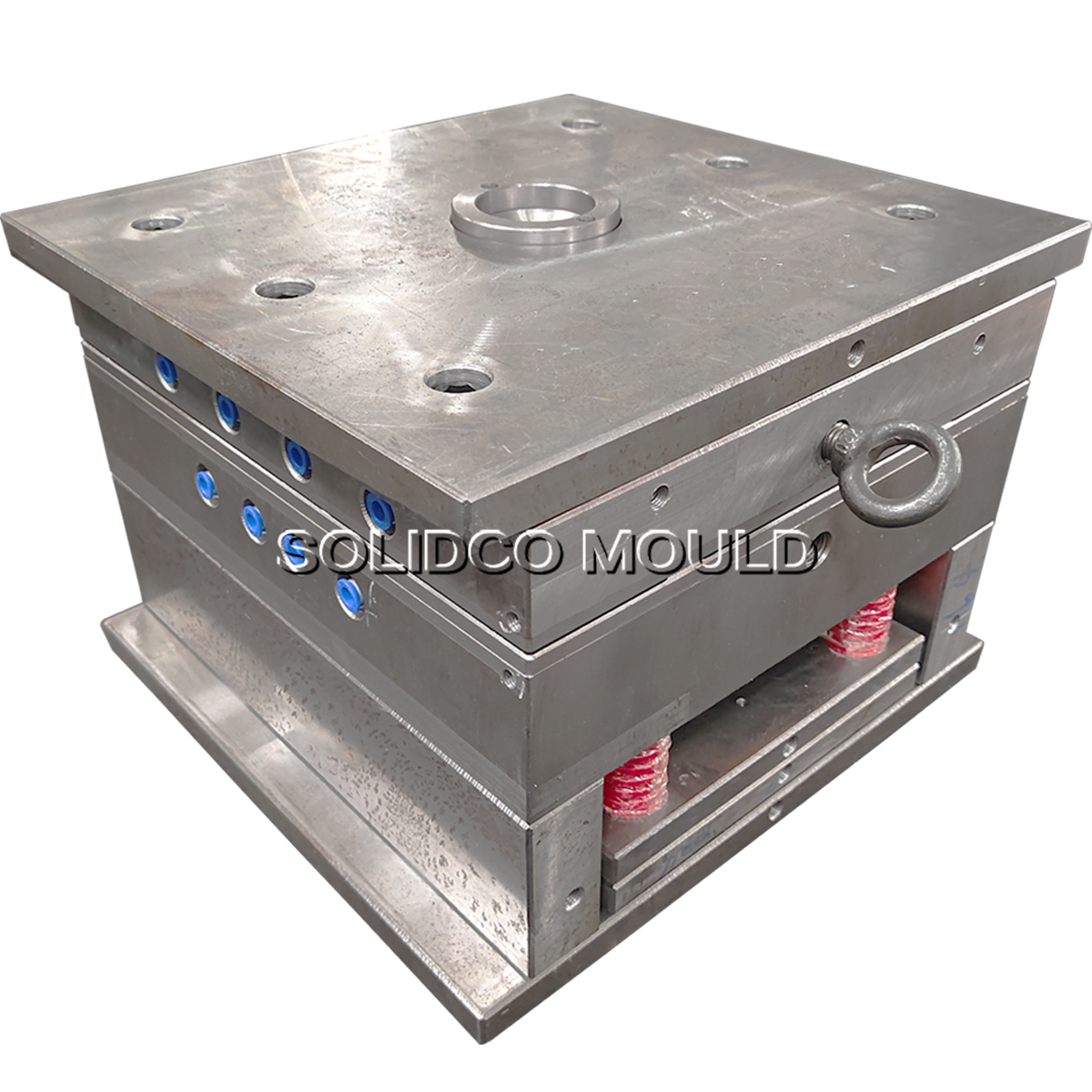Fault analysis and troubleshooting methods
Melt fracture: After the melt is injected into the cavity, a thin shell is first formed on the wall of the mold cavity. When this shell is squeezed by the subsequent melt during the filling process, it will cause melt fracture.
Once a very thin shell is torn or moved, scratches or wrinkles will appear on the surface of the plastic part. For example, on low-density polyethylene plastic parts with a small melt index, alternating light and dark strip areas can often be seen on the surface diameter. The location where they are produced is generally a certain distance away from the gate and spreads over the entire surface. Thin-walled plastic parts are especially prone to this type of fault. This is mainly because the melt is subjected to greater pressure before the filling of the melt cavity is completed, causing the melt to fracture and form surface defects.
Usually, slowing down the cooling rate of the melt during the filling process and the rate of formation of the shell layer is the best way to eliminate this type of fault. This fault can be eliminated by appropriately increasing the mold temperature or increasing the local temperature of the melt fracture site. For local heating of the mold cavity surface, a small tubular electric heater installed near the gate and at the melt fracture site can be used.
The molten material produces irregular pulse flow in the mold cavity. The flow characteristics of the molten material are related to its rheological properties and the gate cross-sectional area that determines the shear rate of the molten material at the mold entrance. When the gate size is very small and the injection rate is very high, the molten material is injected into the mold cavity in a thin and curved jet state. If the molten material cools very quickly, it will not fuse well with the irregular flow material of the subsequent mold filling, resulting in surface turbidity and streaks near the gate. Sometimes, a small amount of cold material will move along the surface of the mold cavity, causing surface turbidity and streaks to occur at a location far from the gate.
The surface turbidity and streaks produced during the injection of crystalline polymers are difficult to eliminate because the melting temperature of this type of resin is quite high. Compared with non-crystalline polymers, crystalline polymers have a fast solidification speed and a narrow processing temperature range. In addition, the irregular flow molten material produced at the place where the wall thickness changes sharply and the molten material suddenly changes its flow direction has a relatively short time to fuse with the rest of the molten material in the mold cavity, which is easy to produce surface turbidity and streaks.
To eliminate this type of fault, in terms of process operation, the temperature of the mold, barrel and nozzle should be appropriately increased, and the forward speed of the screw during injection should be reduced.
In terms of mold operation, the gate size should be enlarged, and fan-shaped gates should be used first. If a tunnel-type gate is used, its top size is too small, which will cause the residual material impurities at the gate to affect the filling of the mold and aggravate the irregular flow of the flow material. The top size should be appropriately increased; if the mold venting is poor, it will also affect the regular flow of the flow material, which should be improved.
In addition, the amount of lubricant should be reduced and the appropriate variety should be selected.
